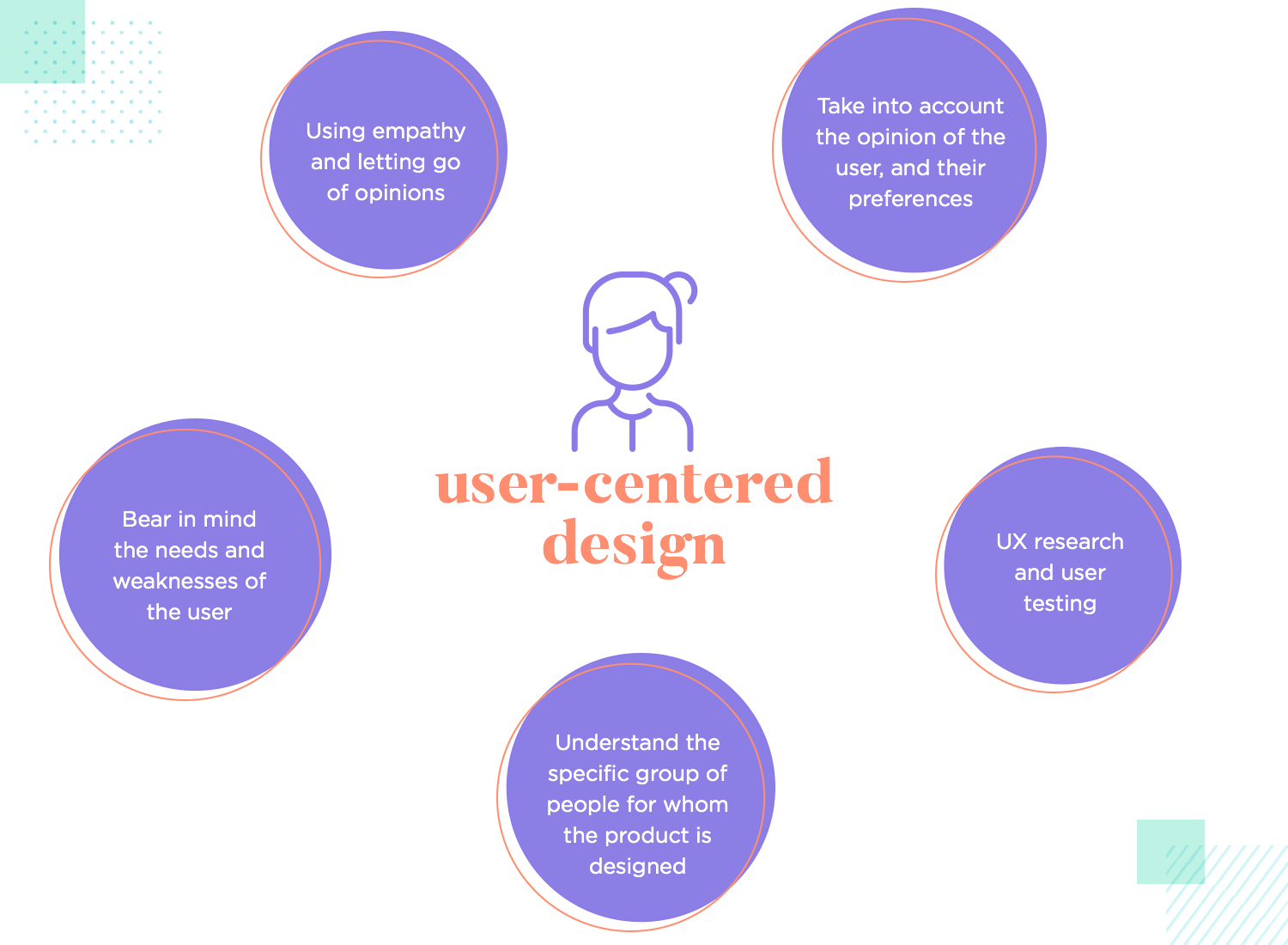User-centered web design is a design approach that prioritizes the needs and goals of the user in the creation of a website. This approach puts the user at the center of the design process, to deliver an intuitive, accessible, and enjoyable user experience. By putting the user first, web designers can create websites that meet the needs of users while also delivering better results for the business.
Here are some user-centered web design principles by Web Designer Dubai that can help drive better results:
Understand Your Users
To create a website that meets the needs of your users, it is crucial to understand their goals, behaviors, and preferences. This can be achieved through user research, which involves conducting surveys, focus groups, and user testing to gather insights into user needs and preferences.
Prioritize Accessibility
Accessibility is key to ensuring that your website is accessible to all users, including those with disabilities. This means designing for screen readers, ensuring that images have alt tags, using clear and simple language, and providing keyboard navigation options.
Create a Clear Hierarchy
A clear hierarchy of information is essential to help users navigate your website and find what they are looking for. This can be achieved through clear headings, subheadings, and a logical layout that prioritizes the most important information.
Emphasize Usability
Usability refers to how easy it is for users to interact with your website. This can be improved by simplifying navigation, using clear calls to action, and reducing the number of clicks required to complete a task.
Optimize for Speed
Fast load times are crucial to keeping users engaged with your website. This is attainable through optimizing images, using a content delivery network, and minimizing the use of large files and scripts.
Use Consistent Design Elements
Consistency in design elements such as colors, fonts, and layout helps users navigate your website more easily and makes it more visually appealing. This can also help to establish brand recognition and trust with users.
Test and Iterate
Testing and iterating your website design are key to ensuring that it meets the needs of your users. This involves continually gathering user feedback and making changes to improve the user experience over time.
It’s also important to consider the accessibility of the website or application, particularly for users with disabilities. This can include providing alternative text for images, using clear and legible typography, and ensuring that the website or application is compatible with assistive technologies such as screen readers.
By following these user-centered web design principles, businesses can create websites that meet the needs of their users, drive engagement and conversions, and ultimately deliver better results for the business.
In addition to these principles, it is also important to consider the specific needs of your target audience. For example, if your website targets an older demographic, you may need to prioritize larger text sizes and simplified navigation options. Similarly, if your website targets a younger demographic, you may want to incorporate more visually engaging design elements such as animations and videos.
Finally, user-centered design principles emphasize the importance of ongoing testing and refinement. This means regularly gathering feedback from users and making changes to the website or application based on that feedback. This can include usability testing, A/B testing, and user surveys.
By following these user-centered design principles, web designers and developers can create websites and applications that are not only visually appealing but also intuitive, accessible, and effective in achieving their intended goals.
Conclusively,
Overall, user-centered web design principles are key to creating websites that meet the needs of users and drive better results for businesses. By prioritizing user needs, businesses can create websites that are accessible, intuitive, and enjoyable to use, ultimately leading to greater engagement and conversions.







